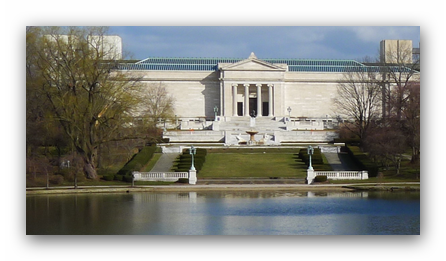Jan 14 2018 - May 13 2018
Cleveland, OH
Prints and drawings were essential to the Expressionists’ quest for art that was direct, frank, and immediate. Drawn from the Cleveland Museum of Art’s collection, Graphic Discontent: German Expressionism on Paper plots the purpose and impact of the graphic arts within the wider German Expressionist movement. Woodcuts—the most emblematic technique of the movement—were suited to the simplification and distortion of forms. New etching and lithographic techniques invited improvisation and promoted accidents in printing, while drawings revealed an artist’s impulse and urgency through direct marks on paper. These graphic media suited the Expressionists’ emphasis on the mystery and spontaneity of emotions. More than 70 prints and drawings in the exhibition dating from 1905 to around 1922 present their responses to urban life, the nude, landscape, and war. Together they show how the Expressionists’ new graphic language disrupted and distorted traditional artistic themes to describe both a modern utopia and a hell on earth.
Credit: Exhibition overview from museum website.
Exhibition Venues & Dates
Jan 14 2018 - May 13 2018
Cleveland, OH
